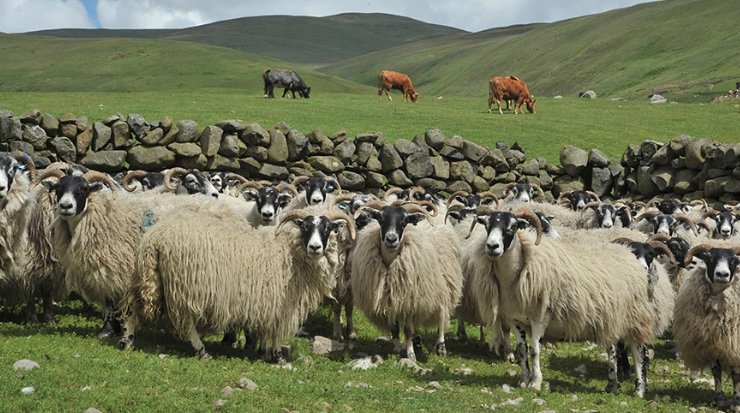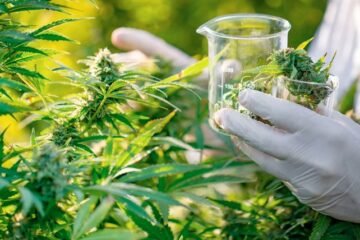Scotland’s iconic cattle and sheep could soon become a rare sight in the country’s fields, according to a warning from farming leaders, as the sector grapples with unprecedented financial losses.
Financial Struggles Threaten the Future of Scotland’s Livestock
The latest figures from the Scottish agricultural sector paint a grim picture. The average livestock farm in Scotland made just £2,600 in profit last year—an amount far below what’s necessary for sustainability. Even more concerning, two-thirds of livestock farms reported financial losses.
This alarming trend has sparked concerns from farmers’ unions, who fear that without urgent action, Scotland could face a future with fewer cattle and sheep. The consequences of this would be far-reaching, affecting the economy, rural communities, and even the international reputation of Scottish produce.

The “Vicious Cycle” of Financial Strain
NFU Scotland (National Farmers Union) has highlighted that the farming industry is caught in a “vicious cycle.” Rising costs, such as feed, fuel, and labor, have combined with decreasing profits, making it increasingly difficult for farmers to stay in business. As fewer farmers can afford to keep their livestock, the number of cattle and sheep in Scotland’s fields continues to decline. This, in turn, reduces the supply of Scotland’s famous beef and lamb.
As the availability of Scotch meat diminishes, supermarkets and shops turn to imported alternatives, further pressuring local farmers. The irony is clear: the more reliant Scotland becomes on imported meat, the harder it becomes for farmers to maintain their operations.
A Call for Urgent Action
Farming leaders are urging immediate intervention to prevent further deterioration of the sector. They have called on shoppers, as well as supermarkets, to take action by supporting local farmers. The union emphasized that while financial pressures on the industry are severe, there is still time to turn the situation around if people make a conscious effort to purchase Scottish-produced meat.
The situation is a stark reminder of the economic fragility of rural Scotland. As livestock numbers fall, so too does the livelihood of entire communities that rely on farming as their primary income source.
The Ripple Effect on Rural Communities
The financial struggle within the farming sector is not just an economic issue; it’s also a social one. Rural communities across Scotland could face an uncertain future if farmers are forced to quit the industry. With fewer cattle and sheep on the land, jobs in agriculture, food processing, and rural tourism could also disappear, leaving a significant gap in the local economy.
What’s at Stake for Scotland’s Agricultural Heritage?
Scotland is known worldwide for its high-quality beef and lamb, but the future of these products is under threat. The nation’s agricultural identity is tied closely to its livestock, and losing cattle and sheep could have a significant impact on Scotland’s culinary reputation as well as its economy.
If immediate action isn’t taken, Scotland’s countryside could look very different in the coming years, with vast areas once filled with grazing cattle and sheep instead empty and barren.
The Path Forward
Farming leaders are urging everyone, from policymakers to everyday shoppers, to recognize the importance of supporting local agriculture. Without concerted efforts, the crisis facing Scotland’s livestock sector could lead to a loss of an integral part of the nation’s heritage.


















